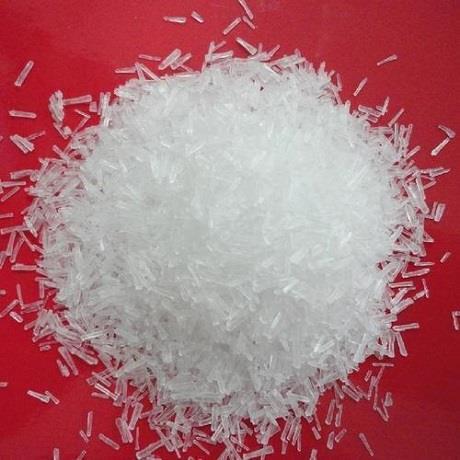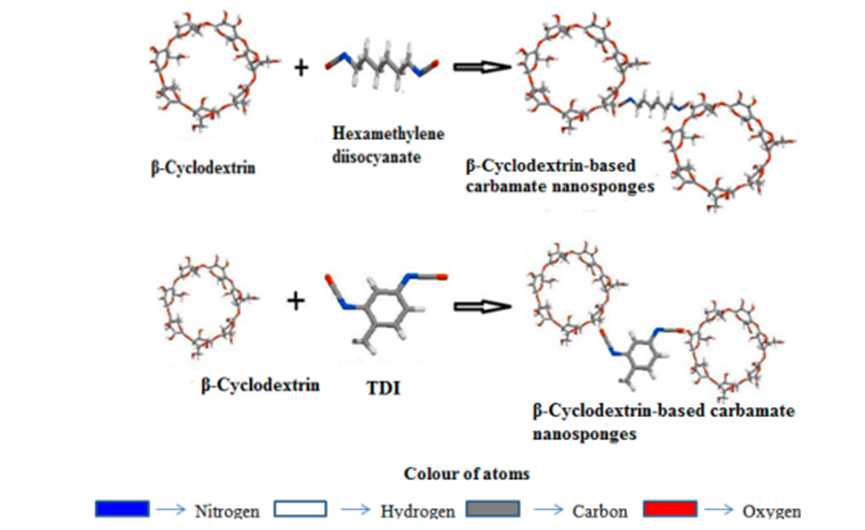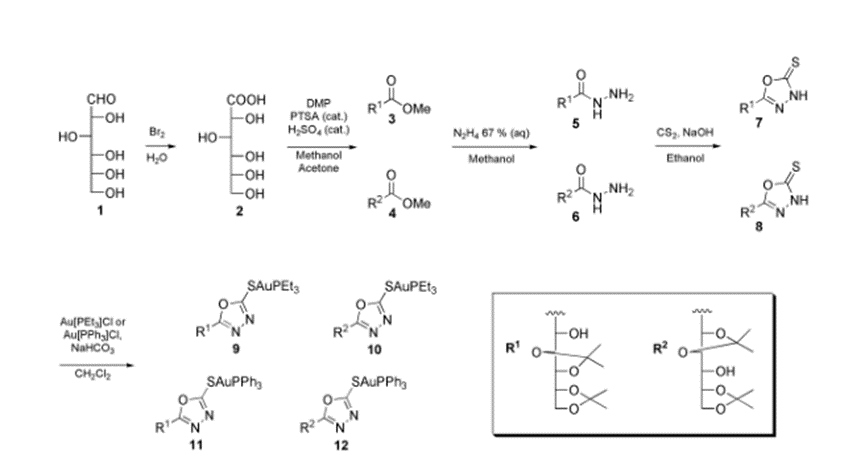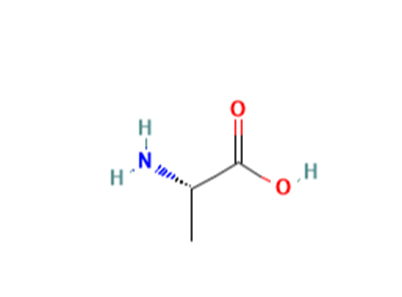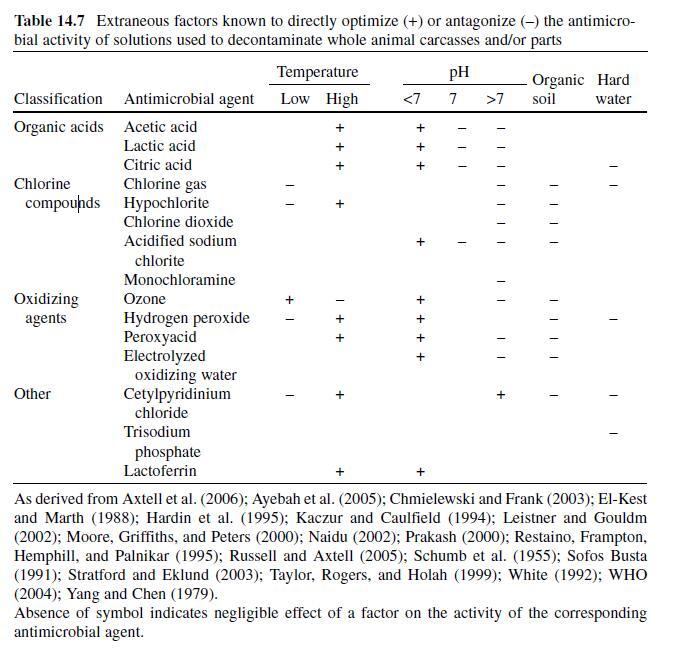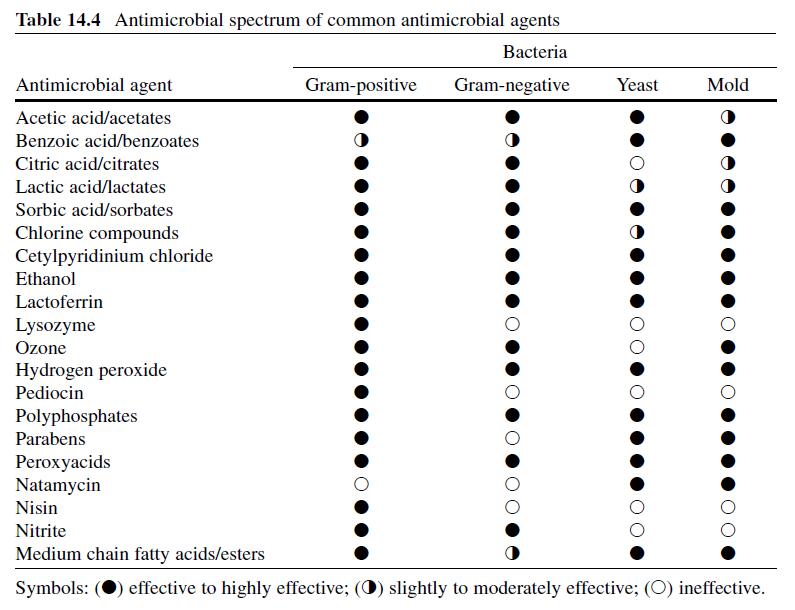Food Additives refers to a kind of natural or artificially synthetic chemicals which can improve the sensory properties (color, smell, taste) of food and food quality. To the adult foods, we can add some additives according to the China's health standards. However, the food additives should be strictly controlled to be applied to infant foods. Infant body has a relative weak detoxification mechanisms or protection mechanisms, being likely to cause the accumulation of large quantities of chemical substances. The World Health Organization and many countries have specified that food additives are not allowed to be supplemented to the infant food. Children's food should also be limited from using of food additives such as saccharin, colorings and flavors. Especially, for the food of baby of less than 12-week-old such as infant formula and cereal products, they should be completely free of food additives. Classification of the food additives: Food additives can be divided into two categories including natural food additives and synthetic food additives. Natural food additive is obtained through using animal and plant or microbial metabolites as raw materials and further extraction. Chemical synthetic additives are obtained through de novo synthesis using chemical substances as raw materials. According to the usage purpose and the nature of chemicals, food additives can be divided into various categories, namely: (1) acid, alkali, salt; (2) bulking agent; (3) antioxidant and synergist; (4) the carrier solvent ; (5) edible pigment; (6) emulsifier, stabilizer and thickener; (7) enzyme preparation for food processing; (8) antifoaming agent; (9) the flavorant (10) bleaching agent; (11) color former; (12) quality improver; (13) sweetener; (14) preservative; (15) sour agent; (16) anti-caking agent; (17) coagulant and
Uses and Preparation of Monosodium glutamate
Monosodium glutamate is widely used to intensify and enhance umami flavors in sauces, broths, soups and many more foods.
Jul 7,2022 Food AdditivesApplication of Beta-cyclodextrin
Beta-cyclodextrin is a cyclodextrin composed of seven alpha-(1->4) linked D-glucopyranose units. Cyclodextrin( β- Abbreviation of cyclodextrin β- CD) is the product of acid hydrolysis and cyclization
Jun 29,2022 Food AdditivesGluconolactone: food additive
D-(+)-Glucono-1.5-lactone is a naturally occurring polyhydroxy acid (PHA) with metal chelating, moisturizing and antioxidant activity. Gluconolactone can be produced by enzymatic oxidation of D-glucos
Apr 29,2022 Food AdditivesL-alanine as food additive
L-alanine is the L-enantiomer of alanine. It has a role as an EC 4.3.1.15 (diaminopropionate ammonia-lyase) inhibitor and a fundamental metabolite.
Apr 29,2022 Food AdditivesIntroduction of Tetrasodium pyrophosphate
Tetrasodium pyrophosphate appears as odorless, white powder or granules. mp: 995°C. Density: 2.53 g/cm3. Solubility in water: 3.16 g/100 mL (cold water)
Apr 26,2022 Food AdditivesUses of Glycyrrhizic acid
Glycyrrhizic acid (GL) is extracted from the root of the licorice plant; Glycyrrhiza glabra. It is a triterpene glycoside with glycyrrhetinic acid that possesses a wide range of pharmacological and bi
Mar 25,2022 Food AdditivesApplication and Pharmacology of Benzoic acid
Benzoic acid appears as a white crystalline solid. Slightly soluble in water. The primary hazard is the potential for environmental damage if released.
Mar 23,2022 Food AdditivesCetylpyridinium chloride: Applications in Processing Meat Products
Cetylpyridinium chloride (CPC) is a surface-active QAC commonly added to toothpaste, mouthwash, and cough drop formulations due to its ability to impede attachment of plaque-forming bacteria to tooth
Mar 16,2022 Food AdditivesMedium- and Long-Chain Fatty Acids: Application in Processing Meat Products
Medium and long-chain-length fatty acids have exhibited the ability to inhibit/inactivate foodborne pathogens, but are more commonly used as adjuvants and wetting agents or as components of hygiene an
Mar 16,2022 Food AdditivesAcids: Application in Processing Meat Products
Acids are generally more effective against a broader range of microorganisms when used in combination with additional antimicrobial agents, including other organic acids (Lueck, 1980 ; Malicki, Jarmol
Mar 16,2022 Food Additives



